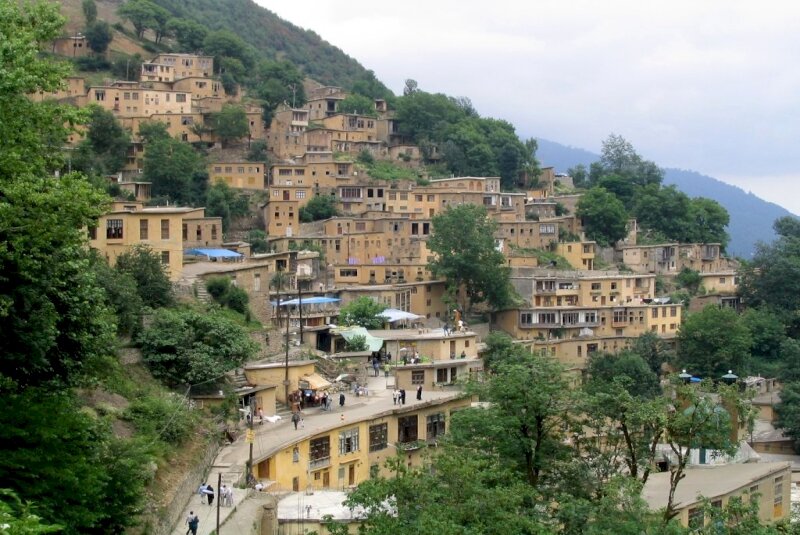Ilkhanid-era mosque in Masouleh being restored to former glory

TEHRAN – A restoration project has been commenced on the Ilkhanid era (1256 to 1335) Qanbarabad Mosque in Masouleh, a historical village in northern Iran, a local tourism official has announced.
Due to the fact that Qanbarabad mosque is one of the oldest monuments in the area, the restoration is being carried out under the supervision of cultural heritage experts and by experienced restorers, CHTN quoted Mohammad Sanai as saying on Monday.
The historical mosque was registered on the national heritage list in 2012.
Ilkhanid dynasty, also spelled Il-Khanid, was a Mongol dynasty that ruled in Iran from 1256 to 1335. Il-khan is Persian for “subordinate khan.”
Hulegu, a grandson of Genghis Khan, was given the task of capturing Iran by the paramount Mongol chieftain Mongke. Hulegu set out in about 1253 with a Mongol army of about 130,000. He founded the Il-Khanid dynasty in 1256, and by 1258 he had captured Baghdad and all of Iran, according to Britannica.
The Il-Khans consolidated their position in Iran and reunited the region as a political and territorial entity after several centuries of fragmented rule by petty dynasties. During the reign of the Il-Khanid Maumud Ghuzun (reigned 1295–1304), the Il-Khans lost all contact with the remaining Mongol chieftains of China. Mahmud Ghuzun himself embraced Sunni Islam, and his reign was a period of Iranian cultural renaissance in which such scholars as Rashid al-Din flourished under his patronage.
Ghuzun’s brother Oljeitu (reigned 1304–16) converted to Shia Islam in 1310. Oljeitu’s conversion gave rise to great unrest, and civil war was imminent when he died in 1316. His son and successor, Abu Sa’id (reigned 1317–35), reconverted to Sunni Islam and thus averted war.
However, during Abu Sa’id’s reign, factional disputes and internal disturbances continued and became rampant. Abu Sa’id died without leaving an heir, and with his death, the unity of the dynasty was fractured. Thereafter various Il-Khanid princes ruled portions of the dynasty’s former territory until 1353.
The stairs village of Masouleh where roofs and streets become one is located in the middle of green mountains of Gilan, northern Iran. Stairway with a specific architecture, the houses of the village are built on each other and the roof of each house is the courtyard of his upper Neighbor.
Masouleh, the most beautiful stairs village in Iran
The stairs village of Masouleh where roofs and streets become one is located in the middle of green mountains of Gilan, northern Iran. Stairway with a specific architecture, the houses of the village are built on each other and the roof of each house is the courtyard of his upper neighbor.
Masouleh is estimated to date for a millennium, as the existence of numerous graveyards inner and outside of the village proves its old age.
The combination of such architecture with natural landscapes can be a national and international touristy center and the only way of the inhabitants’ living. As all people could directly see the main facade of houses, the local artists and artisans did their best in this part of the building.
According to the Lonely Planet, local and foreign tourists swarm like ants across the village's rooftops and through its narrow passageways during summer.
ABU/MG
Leave a Comment